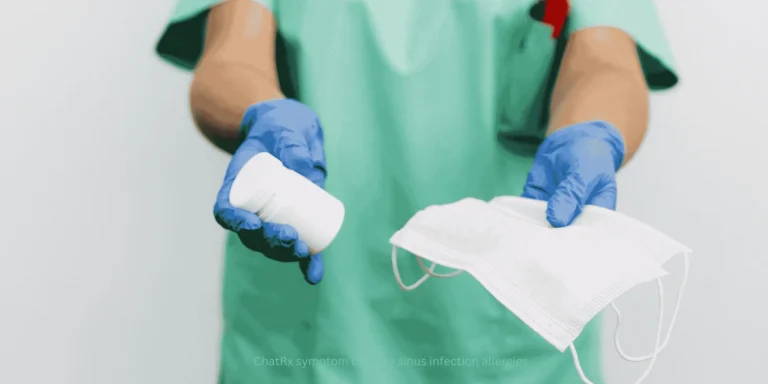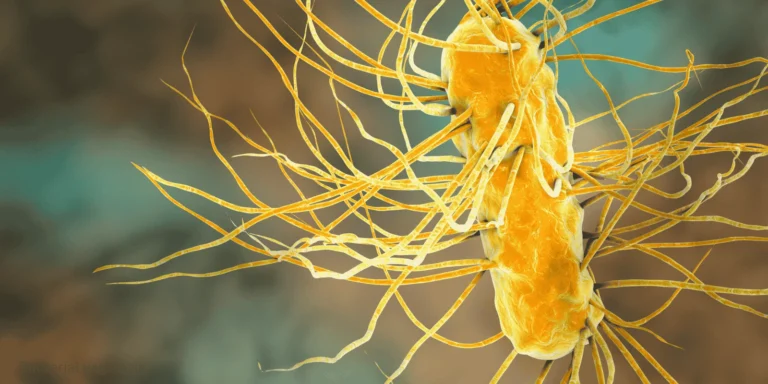Most bug bites are just annoying, but tick bites can transmit serious diseases. Knowing how to tell the difference between a tick bite and a mosquito bite could literally save you from weeks of illness.
After treating countless tick-borne infections over the years, I can tell you the differences are usually pretty clear once you know what to look for.
Immediate Appearance
Mosquito bites show up within minutes. You get a raised, red bump that itches like crazy right away. The bite might be slightly warm, and you’ll probably have several bites in the same area since mosquitoes tend to bite multiple times.
Tick bites often don’t itch much at first. You might not even notice the bite when it happens. Ticks attach and feed for hours or even days, so you’re more likely to find the actual tick still attached than to notice the bite itself.
If you find a tick attached to your skin, that’s obviously not a mosquito bite. Remove it carefully with fine-tipped tweezers, pulling straight out without twisting.
Size and Shape Differences
Mosquito bites are typically small—maybe the size of a pencil eraser or smaller. They’re puffy and raised, sometimes with a tiny puncture point in the center.
A tick bite without the tick still attached looks like a small red spot, often with a darker center where the tick’s mouthparts were embedded. It’s usually flat rather than raised, at least initially.
The Rash That Changes Everything
Here’s what you really need to watch for—the expanding rash that signals Lyme disease. It’s called erythema migrans, and it typically appears 3-30 days after a tick bite.
This rash starts small and gradually expands outward, often developing a bull’s-eye pattern with a clear center and red outer ring. It can get quite large—6 inches across or more. It doesn’t itch or hurt, which is unusual for a rash.
I had a patient last summer who ignored a growing rash because it didn’t bother her. By the time she came in, it covered half her back. Luckily, antibiotics cleared the infection, but earlier treatment would have been easier.
Mosquito bites never expand like that. They might stay itchy for a few days, but they don’t grow larger over time.
Location Matters
Mosquitoes bite exposed skin—arms, legs, face, neck. Ticks crawl around looking for warm, moist areas. They prefer armpits, groin, behind knees, along the hairline, or behind ears.
If you find a bite in one of those hidden spots after being outdoors, think tick rather than mosquito.
Duration of Symptoms
Mosquito bite itching usually peaks within a few hours and resolves in a few days. Some people react more strongly and might have swelling for a week, but it steadily improves.
Tick bites can cause symptoms that develop or worsen over time—especially if infection occurs. Fever, headache, muscle aches, or that expanding rash appearing days or weeks after the bite all point to tick-borne illness.
When to Seek Medical Care
Any expanding rash after a tick bite needs evaluation. Don’t wait to see if it gets better. Early antibiotic treatment for Lyme disease prevents serious complications.
Through telemedicine, I can assess your symptoms and prescribe appropriate antibiotics if needed. Send clear photos of the rash along with details about when and where you were bitten.













